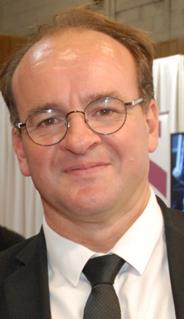As a professor in Applied Mathematics at
Ecole Nationale Supérieure d'Arts & Métiers (Lille campus), I'm exploring Artificial Intelligence algorithms for industrial applications such as robotics. Since my phD (1997), I'm very interested by mathematical tools dedicated to real world. Artificial Intelligence (AI) is likely one of the corner stone to tackle competitiness and human challlenges faced by our society. Indeed, we are entering a new age of Artificial Intelligence applications. Machine Learning is the core technology, but it is opaque, non-intuitive, and difficult to understand. The effectiveness of AI systems is limited by the machine’s current robustness and inability to explain their decisions and actions to human users. Moreover, companies are facing challenges that demand more intelligent, autonomous, and symbiotic AI systems.

